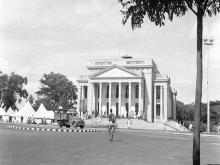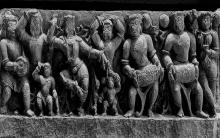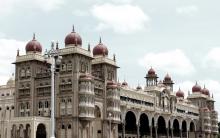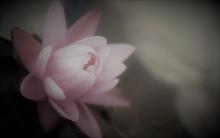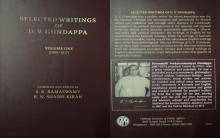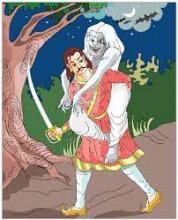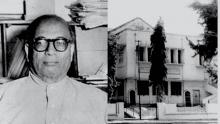Prologue to Chapter 5
ಬೋಧಿಸಿದೆ ಕರ್ಮಯೋಗವ
ಬೋಧಿಸಿದಿದಯ್ ಸಂನ್ಯಸನವನುಮನಾ ದ್ವಿಕದೊಳ್ ।
ಸಾಧನ ಮೇಲೆನಗಾವುದೊ
ಆದೇಶಿಪುದೆಂದು ಬೇಡಿದಂ ಕೌಂತೇಯಂ ।। ೧
Bodhisidĕ karma-yogava
bodhisiday saṃnyasana-vanumanā dvikadadoḷ
sādhana melĕnagāvudŏ
ādeśipudĕṃdu beḍidaṃ kauṃteyaṃ ।। 1
The son of Kunti implored,
“You taught me the Yoga of action.
You taught me renunciation.
Which of the two paths is better for me?
Please instruct me”



